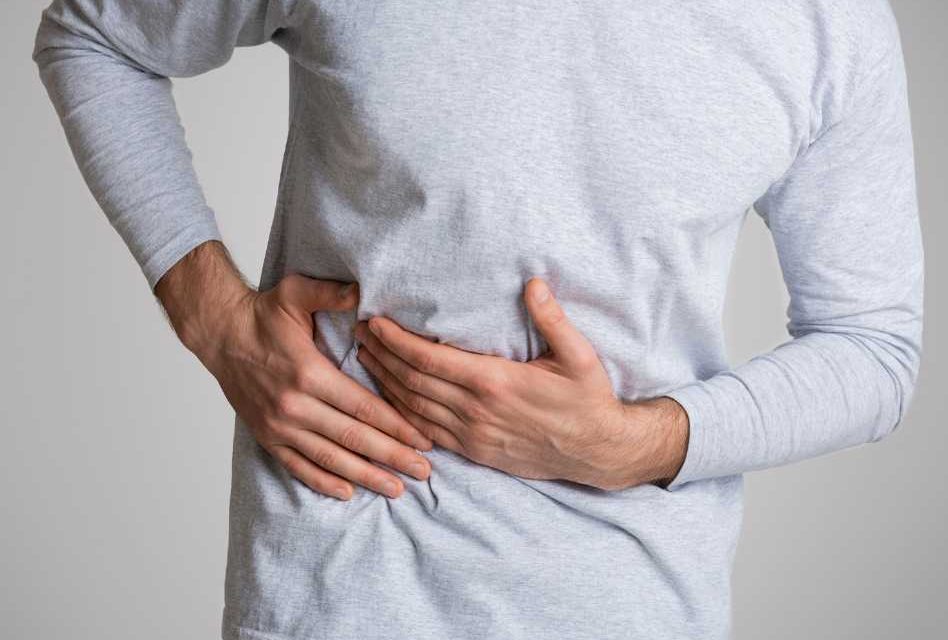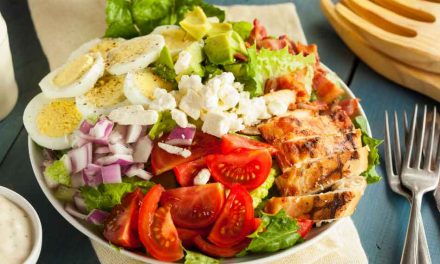
The scary truth is that you can experience liver failure and need a transplant without drinking a drop of alcohol. But the good news is that you can significantly lower your chances of this happening by making good choices now with your diet and exercise.
Dangerous Liver Conditions
Metabolic dysfunction-associated steatohepatitis (MASH) is a state of chronic inflammation of the liver. This can cause progressive damage to your liver, eventually resulting in scarring of the liver (called cirrhosis).
MASH is a more serious stage of metabolic dysfunction-associated steatotic liver disease (MASLD). MASH is defined as a condition in which:
- Your liver contains fat in at least 5 percent of liver cells
- You drink minimal amounts of alcohol
- You are not on any medications that cause fat accumulation in the liver
- You have at least one cardio-metabolic risk factor
Don’t be confused if you’ve heard of these conditions with other names. MASH was recently renamed from non-alcohol related steatohepatitus (NASH), and MASLD was previously known as nonalcoholic fatty liver disease (NAFLD).
Symptoms of MASH
Most patients with MASH have no symptoms until their condition worsens to cirrhosis or liver failure. For the few who do have symptoms, it is fatigue or discomfort in the right upper abdomen.
Risk Factors for MASLD And MASH
As much as 20 percent of people with MASLD may develop MASH. The reason for this is not yet entirely clear, but researchers do know that you’re more likely to develop MASLD – either simple fatty liver or MASH – if you:
- Are overweight or obese
- Have type 2 diabetes or pre-diabetes
- Have abnormal levels of fats in your blood, which may include high levels of triglycerides, high levels of “bad” (LDL) cholesterol, or low levels of “good” (HDL) cholesterol
- Have metabolic syndrome. This is a mix of conditions linked to being overweight or obese, and makes you more likely to get type 2 diabetes and heart disease. In order to be diagnosed with metabolic syndrome, any three of the following conditions must be present: large waist size or elevated BMI, high blood pressure, high blood sugar (glucose), high levels of triglycerides in your blood or low levels of “good” (HDL) cholesterol in your blood.
Can Children Get MASLD And MASH?
Fueled by the growing childhood obesity epidemic, metabolic dysfunction-associated steatotic liver disease in children has become a major health concern. Pediatric MASLD affects about 10 percent of children ages 2 to 19 in the United States.
Children with obesity are at the highest risk for developing MASLD, and it is more common in boys than in girls. However, among children with MASLD, boys and girls are equally likely to have MASH.
Children with MASLD are at risk of developing cirrhosis and liver failure as they grow older, so it is important to reverse MASLD early. Just like in adults, maintaining a healthy weight through diet and regular exercise will prevent or reverse MASLD in children.
Treatment of MASLD And MASH
No medicines have been approved to treat MASLD or MASH, so treatment focuses on losing weight, which can reduce fat, inflammation and scarring in the liver. Losing at least 3 percent to 5 percent of your body weight can reduce fat in your liver. You may need to lose up to 7 percent to 10 percent of your body weight to reduce liver inflammation and fibrosis. Doctors recommend gradually losing weight because rapid weight loss and malnutrition can make liver disease worse.
In addition, you should manage your cholesterol, blood pressure and blood sugar with diet and medication as necessary. Physical activity alone, even without weight loss, also is beneficial.
Source: Orlando Health, www.orlandohealth.com


















